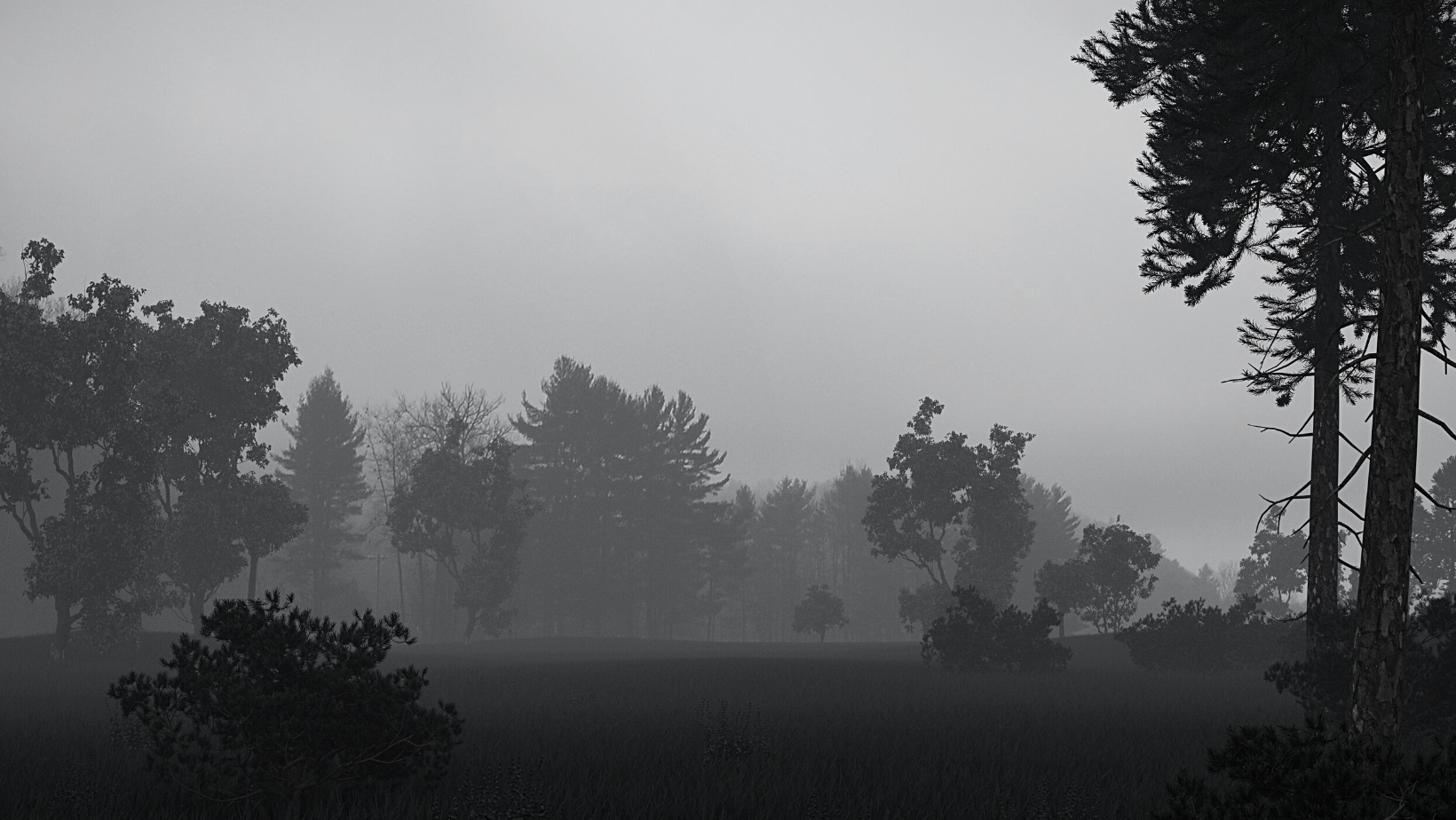Happy Wednesday everyone!
This week we will be revisiting last week’s side quest so it will be an easy one! Last week we looked to the western sky after sunset to see the crescent Moon next to the planet Jupiter. Below the Moon and Jupiter we also saw the planet Venus. This week we will be looking in the same part of the sky near the western horizon after sunset, but the arrangement of the planets will be a little different!

Instead of the waxing crescent Moon being right next to Jupiter like it was last week, we’ll find Venus right next to Jupiter! This evening the Moon will now be about 90° away in the southern sky, pretty much overhead near Mars. Jupiter will still be in more or less the same position that it was last week. Unlike the Moon, Jupiter only moved by about 1° over the course of the week. Venus, however, will no longer be trailing behind Jupiter like it was last week and will now be seen right next to Jupiter! From last week’s Stargazing Side Quest to now, Venus moved about 8°.
By following along with this week’s and last week’s Stargazing Side Quest, you have learned a lot about lunar and planetary motion by watching it actually happen in the sky! In these two weeks we saw the Moon grow from waxing crescent to first quarter to waxing gibbous and move about 90° from the western to southern skies. We saw Venus slowly make it’s way up to being right next to Jupiter, and we saw that Jupiter didn’t really move much at all within this time. So how does this all work?
Because the Moon is so close to us, it moves through the zodiac (along the ecliptic) and thus through our sky, pretty quickly. The Moon takes about 27 days to return to the same degree of the zodiac, on average 13° per day. In one week (from #WUFO to WUFO) the Moon moves an average of 91° through the sky/along the ecliptic. Venus, being further from us, takes about one year to travel the same distance through the zodiac. Jupiter being significantly farther from us than either the Moon or Venus takes nearly 12 years to return to the same zodiac degree! This is why over the course of this past week we saw Jupiter move a teeny tiny bit, Venus move more noticeably, and the Moon move by a lot. If you keep checking the western sky after sunset over the next week, you’ll even get to see Venus start to move past Jupiter.
Let us know if you got to see Venus and Jupiter next to each other in the sky tonight! They will be the two brightest natural objects in the sky (besides the Moon) so you really can’t miss them unless you go out too late. Try to go outside about an hour or two after sunset to get the best view. If you take a picture we would love to see! Tag us on IG at @stargazingsidequest and @liminal.earth!
